Silencer Saturday #388: Suppressing The Century C-93

Good afternoon, everyone, and welcome back to TFB’s Silencer Saturday, brought to you by Yankee Hill Machine, manufacturers of the new YHM R45 Multi-Host Suppressor. This week we will be looking at the Century C-93 (HK33/93 clone) and how it adapts to a suppressor. Roller-delay rifles are not always the easiest to set up with a suppressor, but things went better than expected with this one.
Silencer Saturday @ TFB:
- Silencer Saturday #387: The Big Beautiful Bill Passed, So Now What?
- Silencer Saturday #386: Faxon Twenty-Toucan - Heavy-Duty Modularity
- Silencer Saturday #385: The Big Beautiful Bill & The NFA
- Silencer Saturday #384: The “DIY-DF” 10/22 Clone
- Silencer Saturday #383: The Welrod's Return?
Disclaimer: Silencers are regulated items in the United States. Please learn and follow the applicable laws. Failure to do so can result in serious criminal penalties.
The Roller-Delayed System
Before we talk about the specifics of how we suppress a roller delayed gun, we should talk about how the system works. Roller-delay guns have a pair of cylindrical rollers that pop out into the receiver, holding the bolt in place until the chamber pressure drops. It's sort of like straight blowback, but with extra steps that allow it to work at higher pressures.
Were it not for this roller system, the bolt would need to be exceptionally heavy to delay the extraction. Think about how much the slide weighs on a Hi Point 9mm. Now, think about this svelte weight of a Beretta 84 slide. Both of those guns are straight blowback designs, but the reduced pressure of the .380 ACP compared to the 9mm explains much of that weight difference.
How and when the bolt unlocks in a roller-delay gun is something of a balancing act. If you've ever been on an H&K forum, you have probably heard about bolt gaps, roller sizes, and locking piece numbers. I'll leave the intricacies to that crowd. If you have questions about such things, that's the place to go.
Setting Up The C-93
This particular Century C-93 is a new, old stock gun from Gallenson’s Guns in Salt Lake. I picked it up about a year ago and have been (very slowly) working on a review. One benefit of buying in-store instead of online was going through the gun before I purchased it to make sure everything was good. This is a best practice with these guns, as the other C-93 they had in stock had a crooked front sight and a bolt gap that measured out of spec. The one I bought had an appropriate bolt gap measurement and everything else looked straight.
The part we are most concerned about when adding a suppressor to a rifle-caliber roller delayed gun is the locking piece. Angled portions on the sides of the locking piece control the rate at which the rollers unlock. With the added back pressure of a silencer, this piece may need to be changed to restore balance to the Force system.
The forums recommended a #8 locking piece, so I pulled the bolt assembly out of the gun to see what was in this gun. It already had a #8 installed, so there was no need to swap anything. But now it was time to change the muzzle device.
SilencerCo set me up with an ASR flash hider threaded M15x1 RH. Century used the original H&K thread pitch on these guns instead of the more common 1/2x28 threads on most American rifles of this cartridge. I put the C-93 in a Real Avid Master Gun Vise to hold the gun while I spun off the muzzle device, but I quickly realized that there were no wrench flats on the flash hider. I tried putting various pieces of metal through the slots of the flash hider or pressed into the cutouts in the front of the flash hider, but those attempts were unsuccessful. Escalating the violence, I pulled out the locking crescent wrench and tightened that on the slight flats of opposing slots. That was successful! Test-fitting silencers showed good concentricity so it was not ready for prime time.
On The Range
With the C-93 all set up it was time to head to the range. The first order of business was testing the gun with various silencers. My previous experiences with suppressing my PTR-91 were very unsuccessful with higher backpressure silencers. Even with the correct locking piece the bolt cycled so forcefully that it would surely have damaged the receiver with continued firing.
This time I started with the new wave of reduced backpressure silencers. With .223 Remington 55-grain ammo, the gun ejected brass around 15 feet at about 2 o’clock. That was the control sample. The new BOE Mod1S with a 5.56 inconel core and vented endcap still ejected the brass at 2 o’clock, but threw it around 23 feet. The bolt movement also felt very similar to the gun while unsuppressed.
Next up was the SilencerCo Velos LBP 556. It perfomed almost identically to the BOE Mod1S, with 2 o’clock ejection and about 23 feet of brass travel. The C-93 has the enthusiastic ejection that other roller-delay rifles are known for, so there is some variability in where the brass ends up. But my best estimate of the mean average of ejection for both of those suppressors was very, very close.
Finally it was time to try the highest backpressure suppressor I could find, an old Specwar 556. This is a chunky silencer that sounds very nice but makes no effort to reduce backpressure. The difference to the newer generation of silencers was stark; it threw the brass about 30 feet almost directly forward. The bolt was cycling very aggressively and slamming the fired brass against the side of the receiver so hard that it almost became a threat to targets downrange. I stopped shooting after a few rounds because this setup would damage the gun. It also was just not as fun as the others.
Low backpressure silencers are clearly the direction that suppressor tech is heading. This is for good reason. They help guns run cleaner, and make good suppressor hosts better. They also can make guns that are not ideal suppressor hosts into viable options. We will see you back here next week for more adventures in suppression.
SILENCER SHOP – HANSOHN BROTHERS – DEADEYE GUNS
MAC TACTICAL
ALL YHM PRODUCTS AT BROWNELLS
DEALERS: If you want your link to buy YHM suppressors included in future Silencer Saturday posts, email: silencers@thefirearmblog.com

AKA @fromtheguncounter on Instagram. Gun nerd, reloader, attorney, and mediocre hunter.
More by Daniel Y











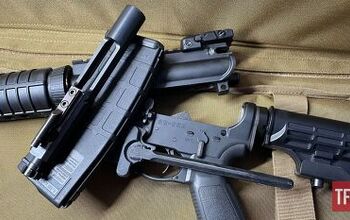


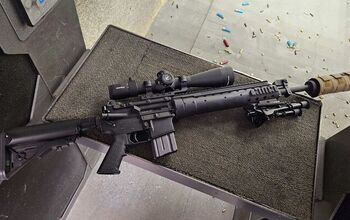
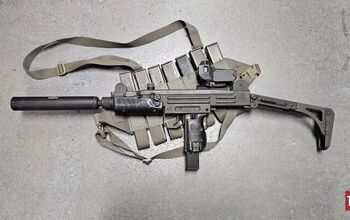
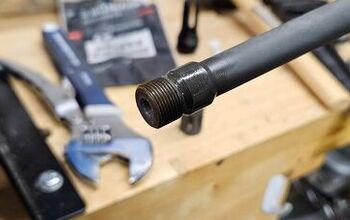
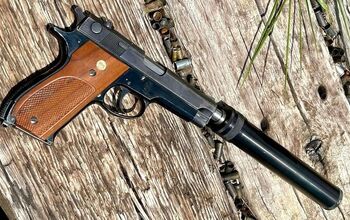
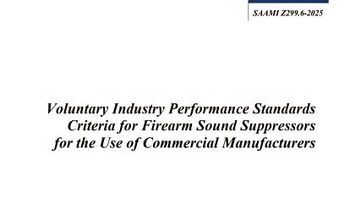
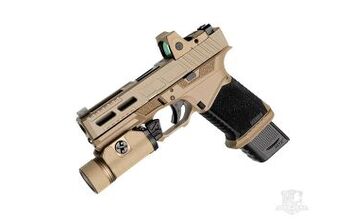
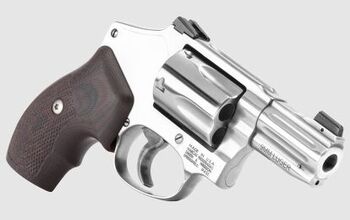
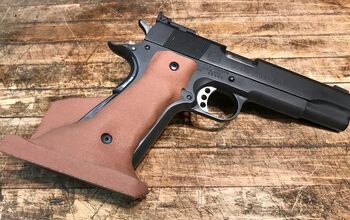
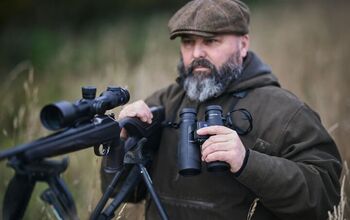
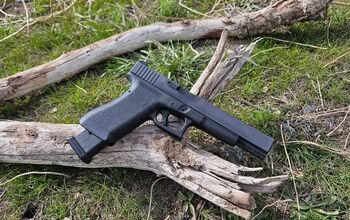
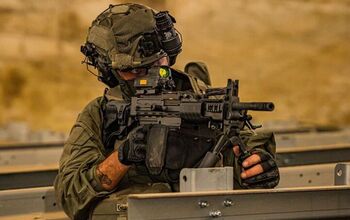
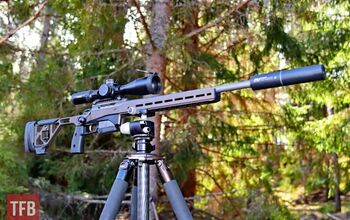
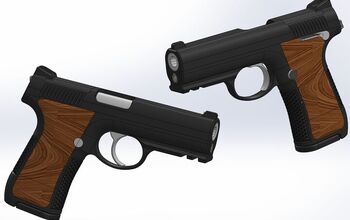
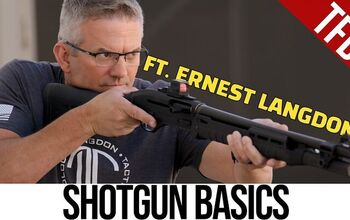
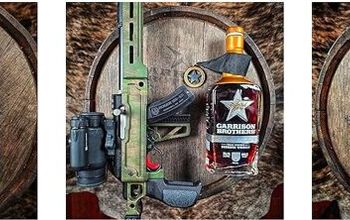
Comments
Join the conversation
Great review on suppressing a roller lock rifle. Too bad HK never utilized a ring in the chamber shoulder/neck like the Swiss did with their STG57. It slows the carrier/bolt velocity during extraction making for a soft shooting rifle. That said, it also makes one appreciate the AR design for the ease of modifying the gas system when utilizing a suppressor.
If you need the proper locking pieces or other goodies to suppress your HK you can find all you need at:
www.hkparts.com